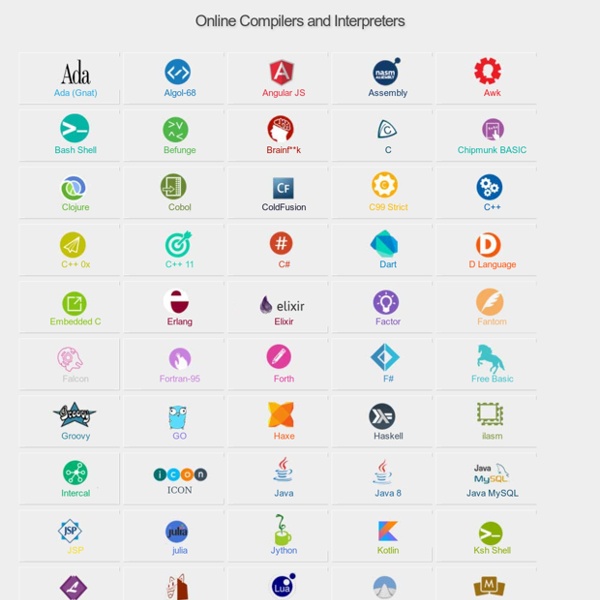



dotCloud - One home for all your apps The Ultimate Chaos Bringer's Blog: A wealth of information about Deep Web (56K WARNING; ALSO DISTURBING CONTENT) First of all, those of you who come across this post undoubtedly want to know just what the fuck the Deep Web is... This article should help to explain it a little bit.. The deep web is usually defined as the content on the Web not accessible through a search on general search engines. This content is sometimes also referred to as the hidden or invisible web.The Web is a complex entity that contains information from a variety of source types and includes an evolving mix of different file types and media. It is much more than static, self-contained Web pages. Content on the deep WebWhen we refer to the deep Web, we are usually talking about the following:The content of databases. Non-text files such as multimedia, images, software, and documents in formats such as Portable Document Format (PDF) and Microsoft Word. Content available on sites protected by passwords or other restrictions.
theReq | Online coding interviews in Ruby, Java, Python, PHP and more PiCloud Beginners Guide to Mining Bitcoins Last updated on December 18th, 2017 at 06:06 pm One of the biggest problems I ran into when I was looking to start mining Bitcoin for investment and profit was most of the sites were written for the advanced user. I am not a professional coder, I have no experience with Ubuntu, Linux and minimal experience with Mac. So, this is for the individual or group that wants to get started the easy way. 1. Bitcoin mining is a very competitive niche to get into. The best way to do this is through the use of a Bitcoin mining calculator. Once you’ve finished with your calculations it’s time to get your miner. ReleasedHow much electricity does your miner consume? As a side note it’s important to state that in the past it was possible to mine Bitcoins with your computer or with a graphics card (also known as GPU mining). 2. First thing you need to do is get a “Bitcoin Wallet“. 3. When choosing which mining pool to join you will need to ask several questions: What is the reward method? 4. 5.
CodeCodex Select a Language Help What is repl.it? It is an online environment for interactively exploring programming languages. How do I start? Once you have selected a language, start by typing an expression into the console on the right side of the screen and pressing Enter. Can I use variables or other state? Yes! Can I save my session? Yes! Is repl.it open source? Can I use repl.it on my phone or tablet? Yes! How does repl.it work? All code processed by repl.it runs entirely on your computer, with no server-side evaluation. Enter Evaluate the entered command. Shift+Enter Continue to the next line. Tab Indent. Shift+Tab Unindent. Up Previous history item. Down Next history item. Ctrl+Up Move to the line above the cursor. Ctrl+Down Move to the line below the cursor. Ctrl+E Move to the end of the current line. Ctrl+A Move to the start of the current line. Ctrl+K Clears the console. Ctrl+Z Cancel current prompt. Ctrl+L Open languages selector. Ctrl+G Open examples preview. Ctrl+H Open this help page. Ctrl+S Save session (new revision). Escape About Us
Online College Blog and School Reviews | 100 Useful Tips and Tools to Research the Deep Web By Alisa Miller Experts say that typical search engines like Yahoo! and Google only pick up about 1% of the information available on the Internet. The rest of that information is considered to be hidden in the deep web, also referred to as the invisible web. So how can you find all the rest of this information? Meta-Search Engines Meta-search engines use the resources of many different search engines to gather the most results possible. SurfWax. Semantic Search Tools and Databases Semantic search tools depend on replicating the way the human brain thinks and categorizes information to ensure more relevant searches. Hakia. General Search Engines and Databases These databases and search engines for databases will provide information from places on the Internet most typical search engines cannot. DeepDyve. Academic Search Engines and Databases The world of academia has many databases not accessible by Google and Yahoo! Google Scholar. Scientific Search Engines and Databases Science.gov.